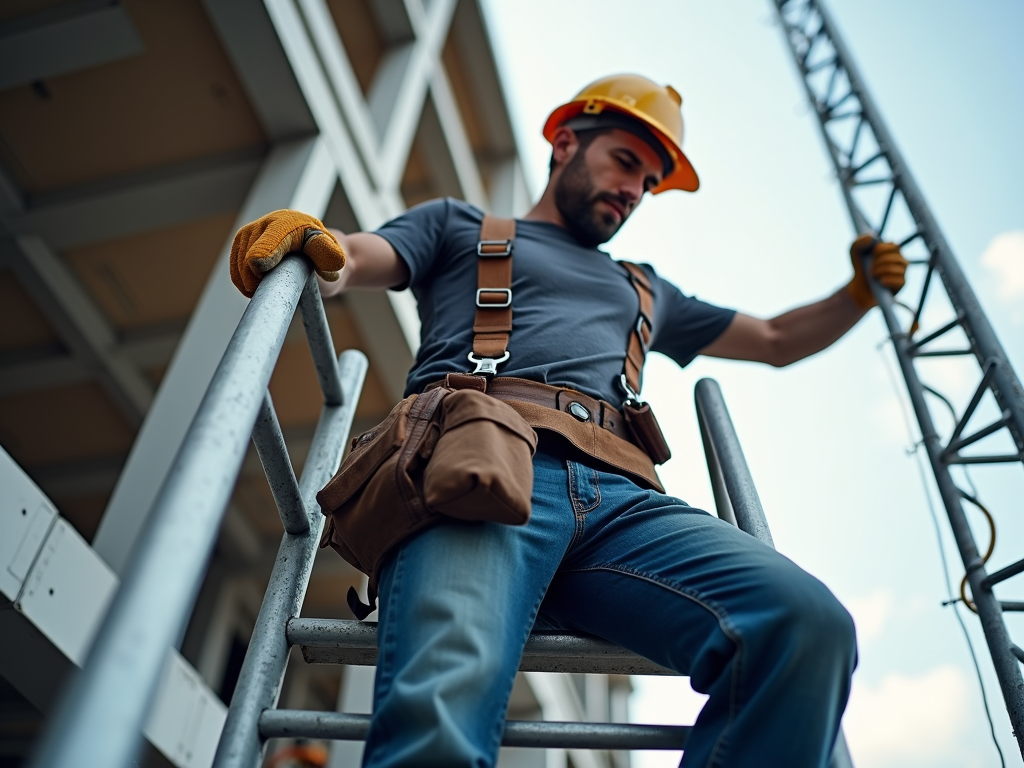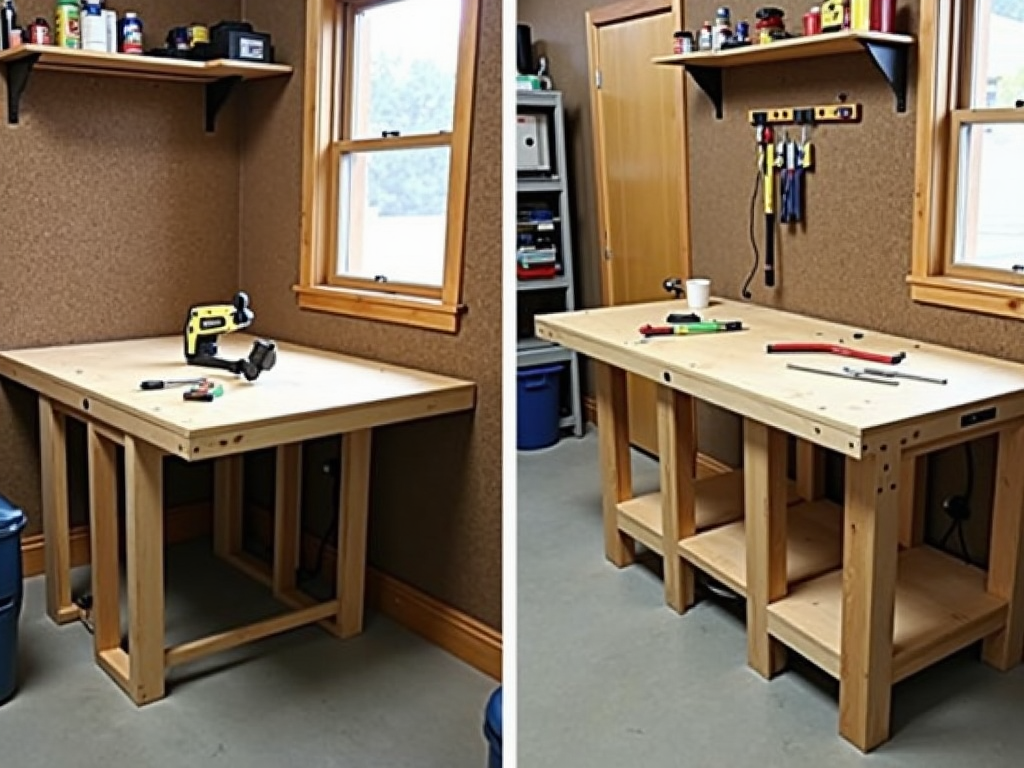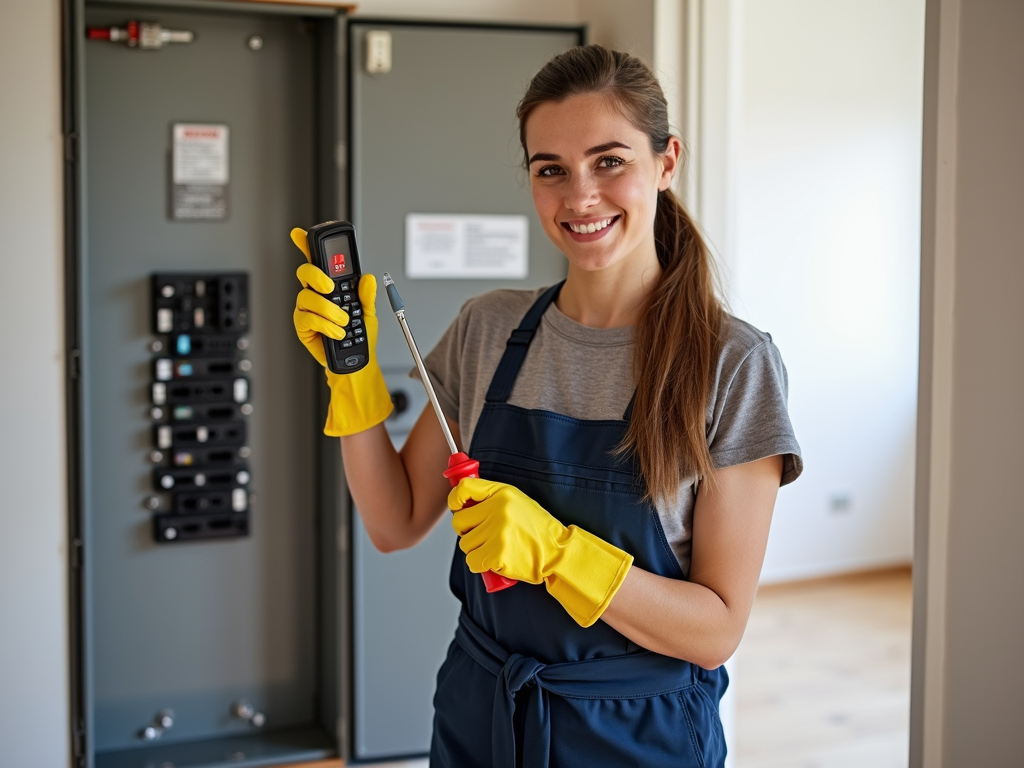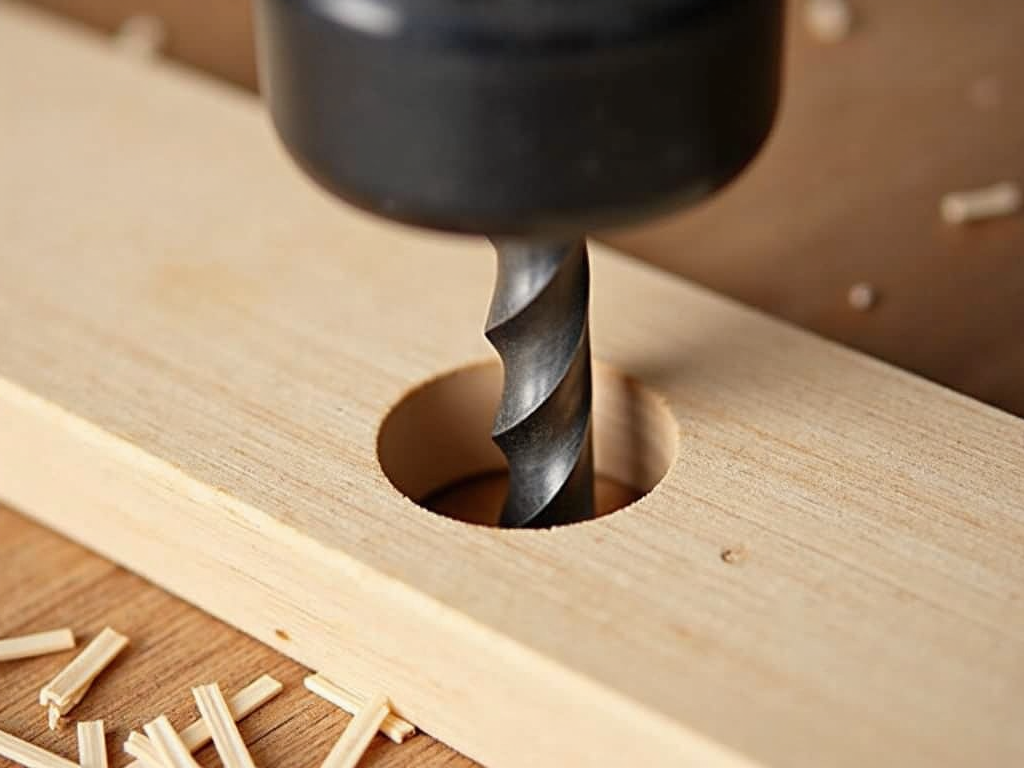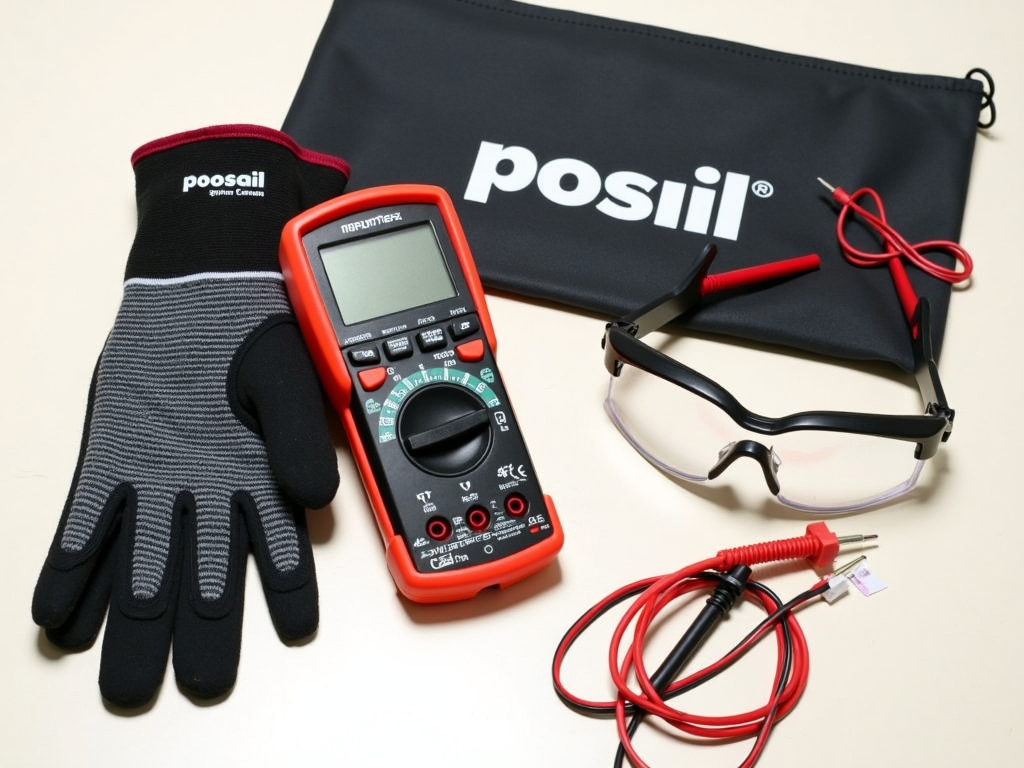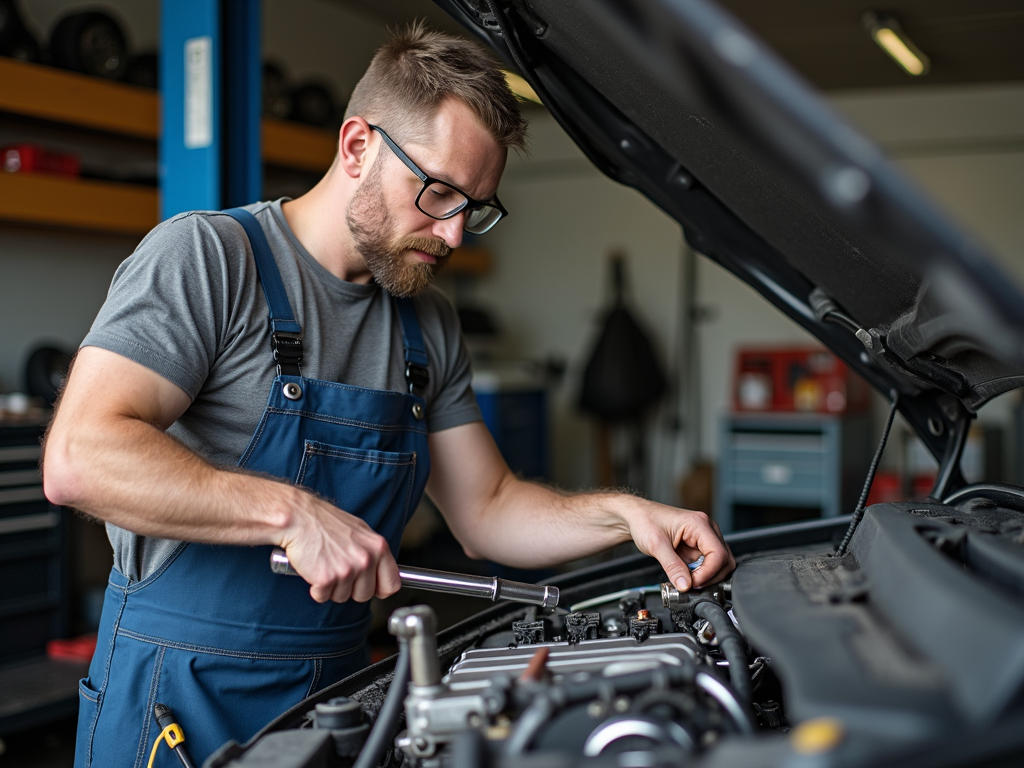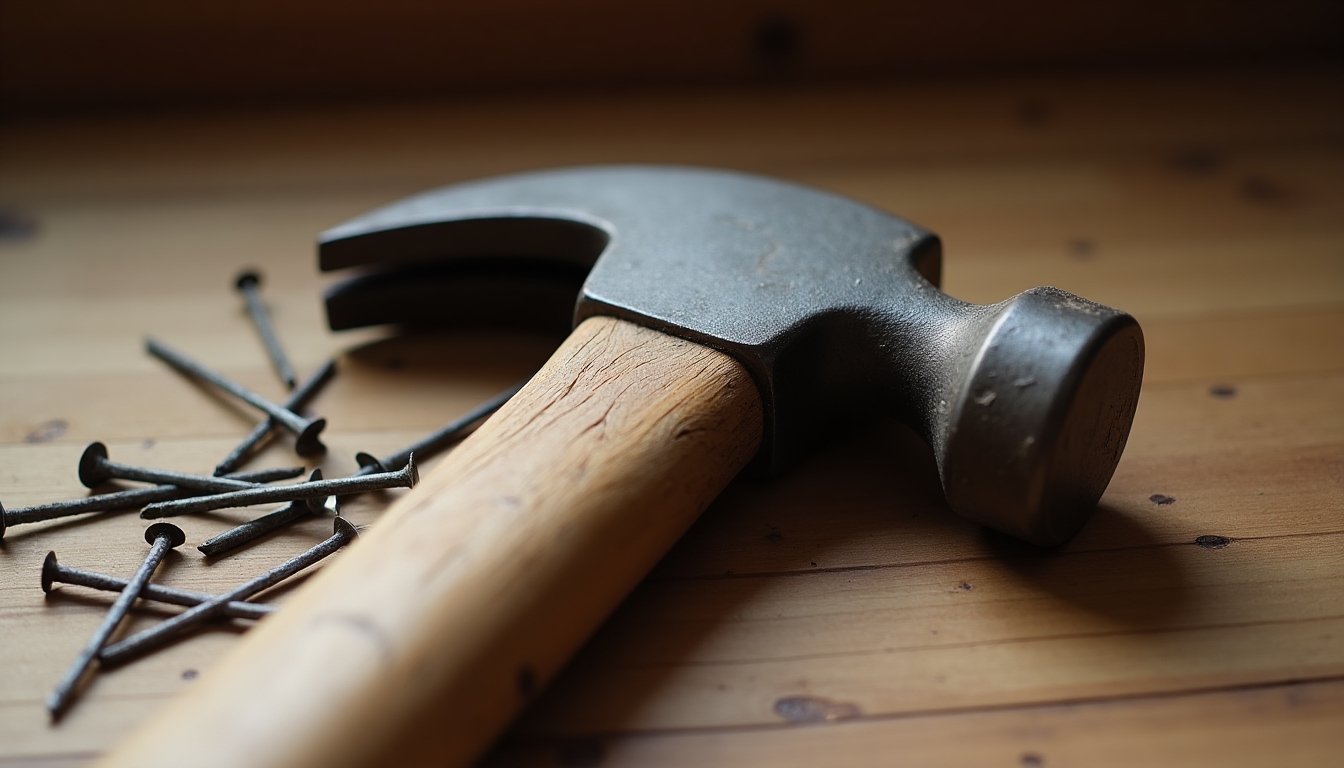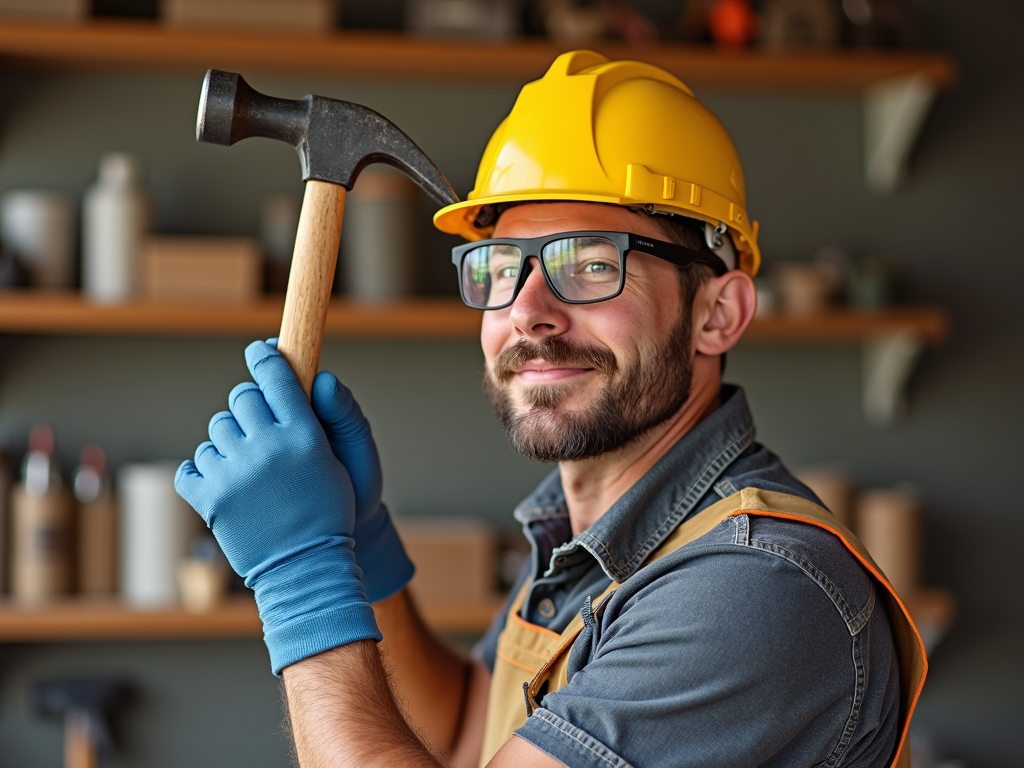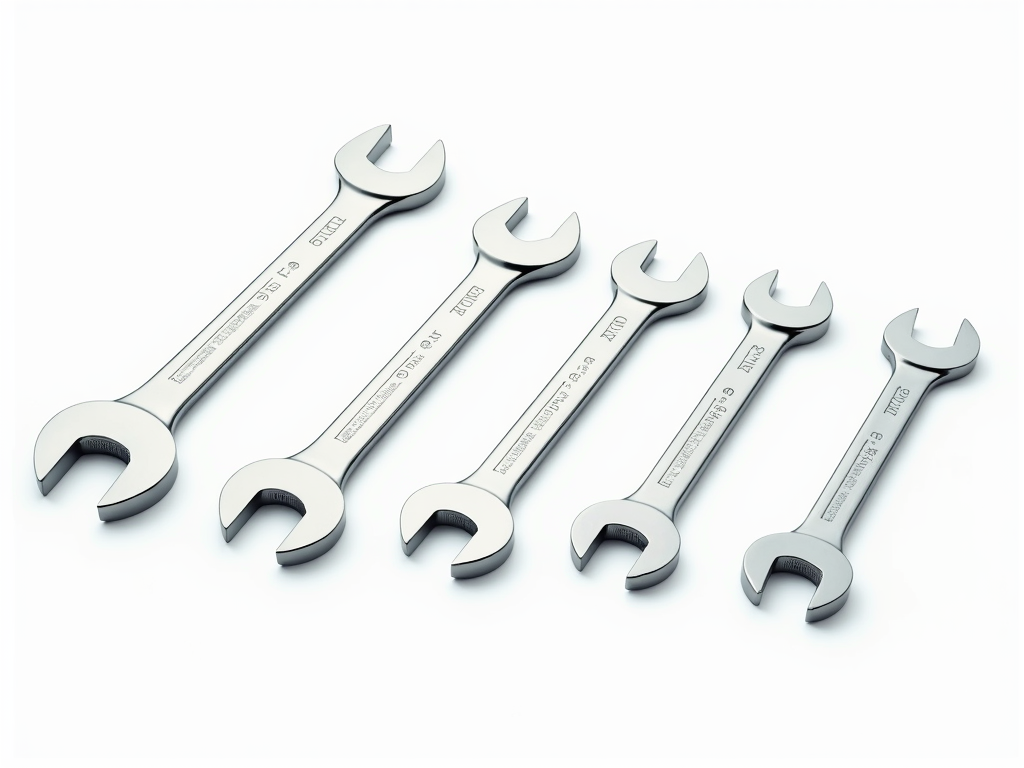Overview:
Construction sites are dynamic environments filled with potential hazards. From heavy machinery to high elevations, the risks are numerous. However, with the right knowledge and precautions, workers can significantly reduce the chances of accidents. This article provides essential tips on how to stay safe on construction sites, emphasizing the importance of proper equipment use, including tool belts for construction workers.
Introduction:
Safety on construction sites is not just a regulation; it's a lifeline. According to the Occupational Safety and Health Administration (OSHA), construction site accidents account for a significant portion of workplace injuries each year. In fact, one in five worker deaths in the U.S. occurs in the construction industry. These sobering statistics highlight the critical need for stringent safety measures. As someone who has spent years in the construction industry, I've seen firsthand how a moment of carelessness can lead to serious consequences. That's why it's crucial for every worker, from veterans to newbies, to prioritize safety above all else.
Common Hazards on Construction Sites:
Before diving into safety tips, it's important to understand the common hazards that workers face daily. These include:
- Falls: Whether from ladders, scaffolding, or roofs, falls are one of the leading causes of injuries on construction sites. A loose rung on a ladder, a slippery surface, or a moment of distraction can lead to a devastating fall.
- Electrocution: Exposed wires, power tools, and overhead power lines pose significant electrical hazards. Electricity is a silent killer on construction sites.
- Struck-by Objects: Falling tools, debris, or moving equipment can cause serious injuries. Hard hats are a must, but awareness is equally important.
- Caught-in-Between: Workers can get trapped between heavy machinery, collapsing structures, or other objects. Proper training and adherence to safety protocols can prevent these accidents.
Recognizing these dangers is the first step toward preventing them.
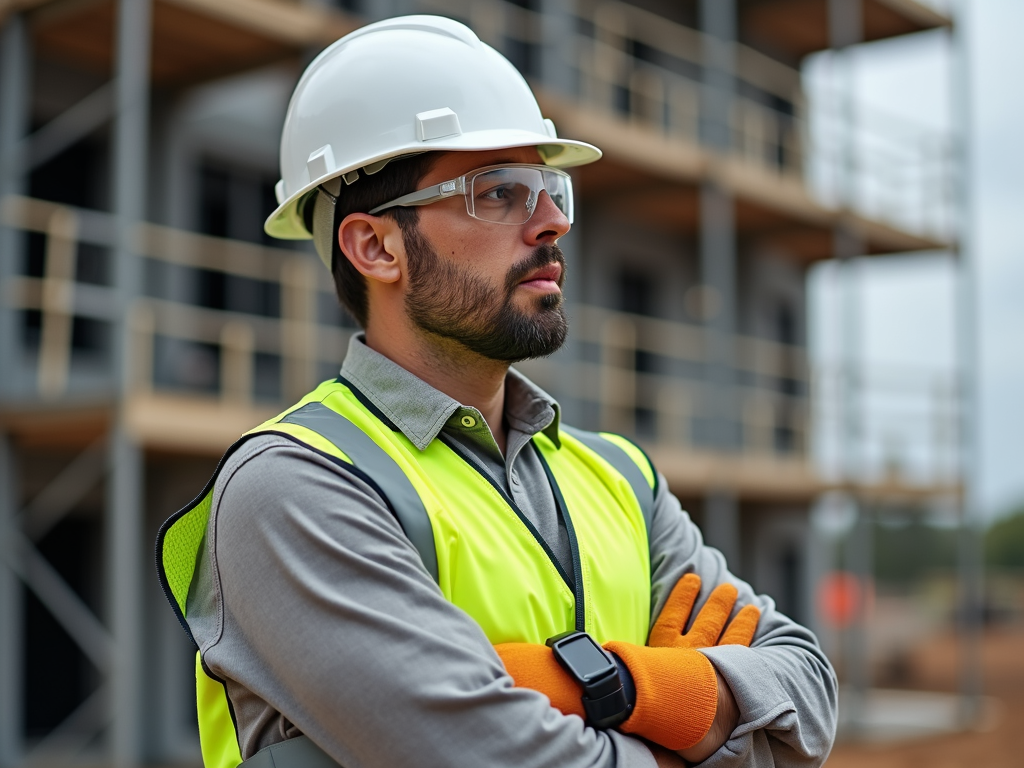
Essential Safety Tips for Construction Workers:
- Wear Proper Protective Gear: This includes hard hats, safety glasses, gloves, steel-toed boots, and high-visibility clothing. Each piece of gear is designed to protect against specific hazards.
- Follow Safety Protocols: Always adhere to site-specific safety rules and regulations. This includes attending safety meetings, following lockout/tagout procedures, and reporting unsafe conditions.
- Stay Alert: Construction sites are busy places. Stay focused on your surroundings, avoid distractions like phones, and be aware of moving equipment and other workers.
- Use Tools Correctly: Misusing tools can lead to accidents. Always use the right tool for the job and ensure it's in good condition. This is where tool belts come in handy.
- Proper Training: Ensure that all workers receive adequate training on safety procedures, equipment use, and emergency response.
- Communication: Clear communication among team members is vital. Use hand signals, radios, or other methods to coordinate actions and warn of potential dangers.
- Regular Inspections: Conduct regular inspections of tools, equipment, and the worksite to identify and address potential hazards.
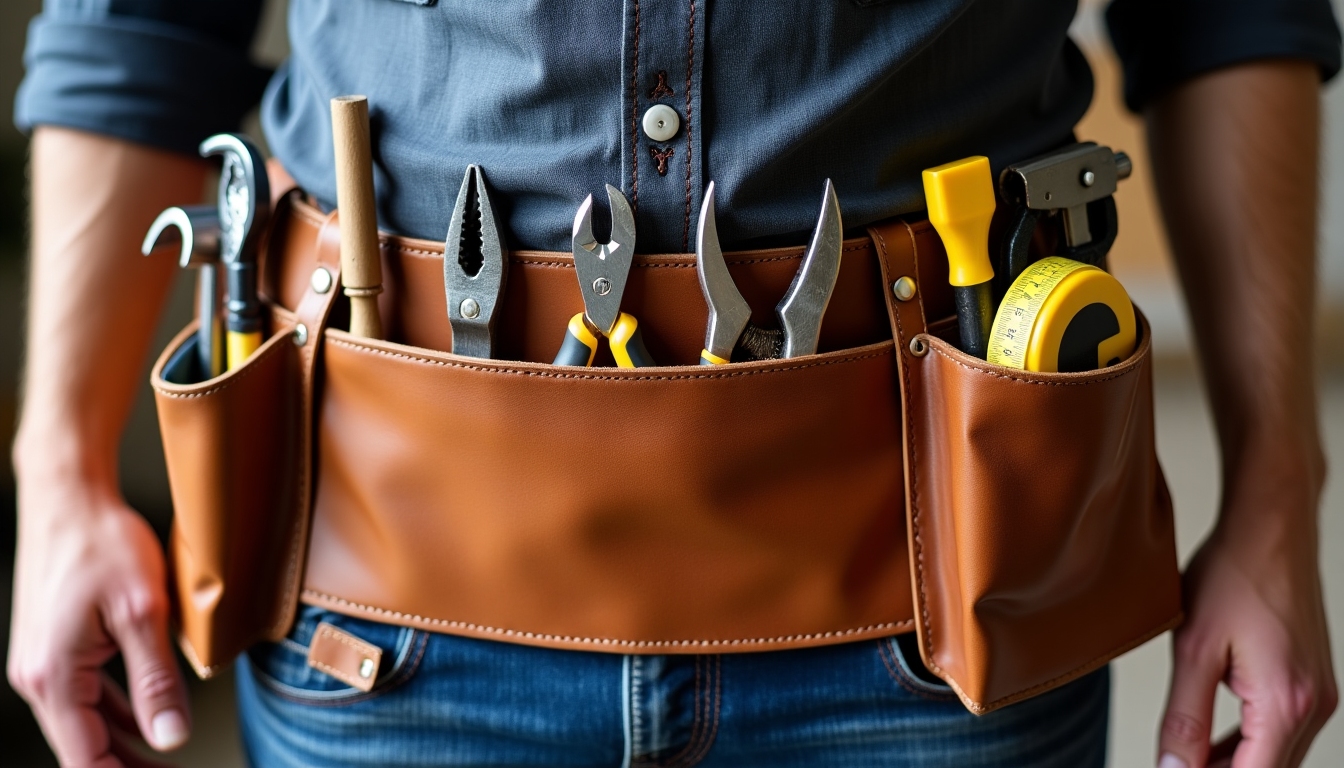
The Role of Tool Belts in Ensuring Safety:
Tool belts are more than just a convenience; they are a safety essential. By keeping tools organized and within reach, tool belts prevent workers from having to stretch or climb to access their equipment, reducing the risk of falls and strains. Additionally, a well-organized tool belt ensures that workers have the right tool for the task, minimizing the chance of using improper equipment.
When choosing a tool belt, consider the following:
- Comfort and Fit: A tool belt should fit snugly without restricting movement.
- Durability: Look for high-quality materials that can withstand the rigors of a construction site.
- Organization: Multiple pockets and loops help keep tools separated and easily accessible.
For example, a leather tool belt with adjustable straps and various compartments can be a great investment for any construction worker. Organizing your tool belt can make a big difference. Keep frequently used tools in easy-to-reach pockets, and ensure that heavy tools are balanced to avoid strain. Also, regularly check your tool belt for wear and tear, as a damaged belt can lead to tools falling out, posing a risk to you and others.
Some tool belts come with built-in safety features like reflective strips for visibility or quick-release buckles for emergencies. Investing in a high-quality tool belt is investing in your safety.
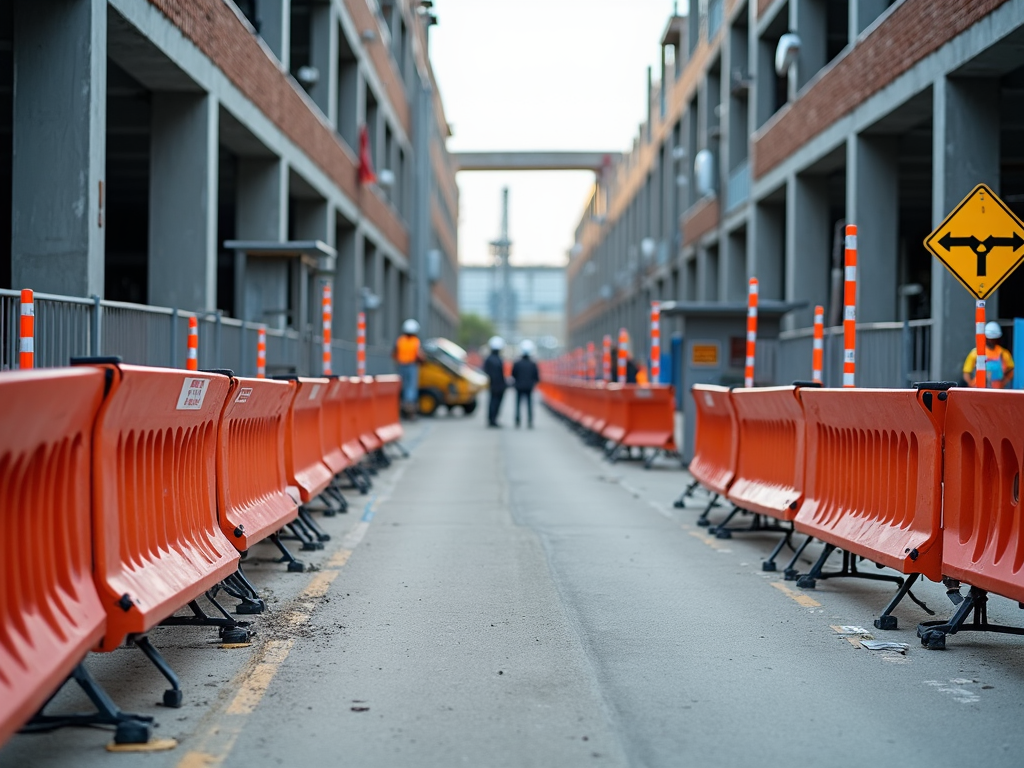
Conclusion:
Staying safe on construction sites requires a combination of knowledge, vigilance, and the right equipment. By understanding common hazards, following safety protocols, and using tools like tool belts effectively, workers can protect themselves and their colleagues. Remember, safety is not just a guideline; it's a responsibility. Ultimately, safety on construction sites is a collective effort. It requires commitment from every worker, supervisor, and management to create a culture where safety is the top priority. By following these essential tips and using the right equipment, like tool belts, we can make construction sites safer for everyone.
Related How to Stay Safe on Construction Sites: Essential Tips:
- Understanding OSHA Safety Regulations for Construction Sites
- 10 Space-Saving Storage Solutions for Small Workshops
- Safety Practices in Home Electrical Repairs: A Comprehensive Guide
- Essential Workman Tools for Electricians and Plumbers
- How to Choose the Right Workbench for Your Space: A Complete Guide
- How to Choose the Right Drill Bit for Your Project
- Essential Tips for Using a Multimeter
- How to Choose the Right Socket Set for Any Job
- How to Choose the Best Hammer for Your Needs
- A Guide to Basic DIY Home Repair Tools: Focus on Hammers
- Essential Safety Gear for Every Handyman
- How to Choose the Right Wrench Size: A Comprehensive Guide
